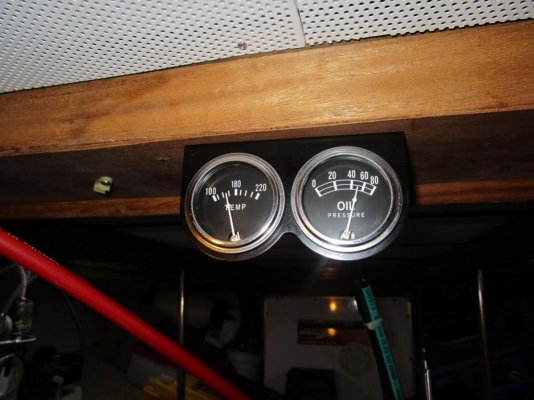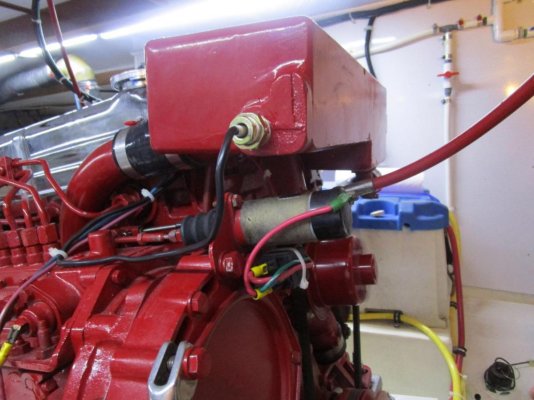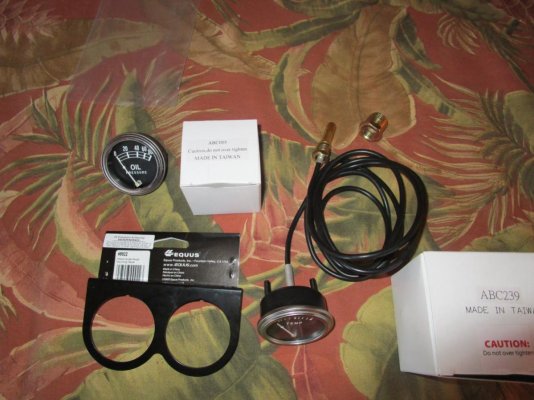Dave_E
Senior Member
Hi All,
Before writing this, I did do some research and really didn't find a good answer. After replacing the head gasket, I finally got her out for sea trials yesterday. Took my time getting to 1800 RPM, and the temp gauge only got to 160 deg F. We were out for almost 3 hours and the temp gauge never got over 160. Good oil pressure and alternator. I also have a temp gauge with it's own sender into the holding tank down in the engine room, it also said 160. Coolant level in the tank after the run was right where I filled it to... 1/2 way full. During the head gasket change, I did clean out the heat exchanger (real good) and have new coolers.
I pushed it all the way up, only got 2300 rpm, and the stinky black exhaust. The boat came with a nice 4 bladed prop that might be a pitch or two over propped (swag on my part).
Thermostat stuck open or partially open? Input welcome, thanks.
Dave
Before writing this, I did do some research and really didn't find a good answer. After replacing the head gasket, I finally got her out for sea trials yesterday. Took my time getting to 1800 RPM, and the temp gauge only got to 160 deg F. We were out for almost 3 hours and the temp gauge never got over 160. Good oil pressure and alternator. I also have a temp gauge with it's own sender into the holding tank down in the engine room, it also said 160. Coolant level in the tank after the run was right where I filled it to... 1/2 way full. During the head gasket change, I did clean out the heat exchanger (real good) and have new coolers.
I pushed it all the way up, only got 2300 rpm, and the stinky black exhaust. The boat came with a nice 4 bladed prop that might be a pitch or two over propped (swag on my part).
Thermostat stuck open or partially open? Input welcome, thanks.
Dave
Last edited:


 No...
No... 


